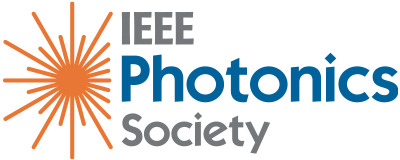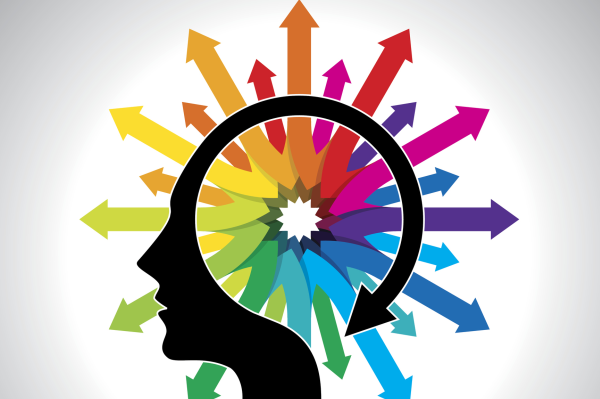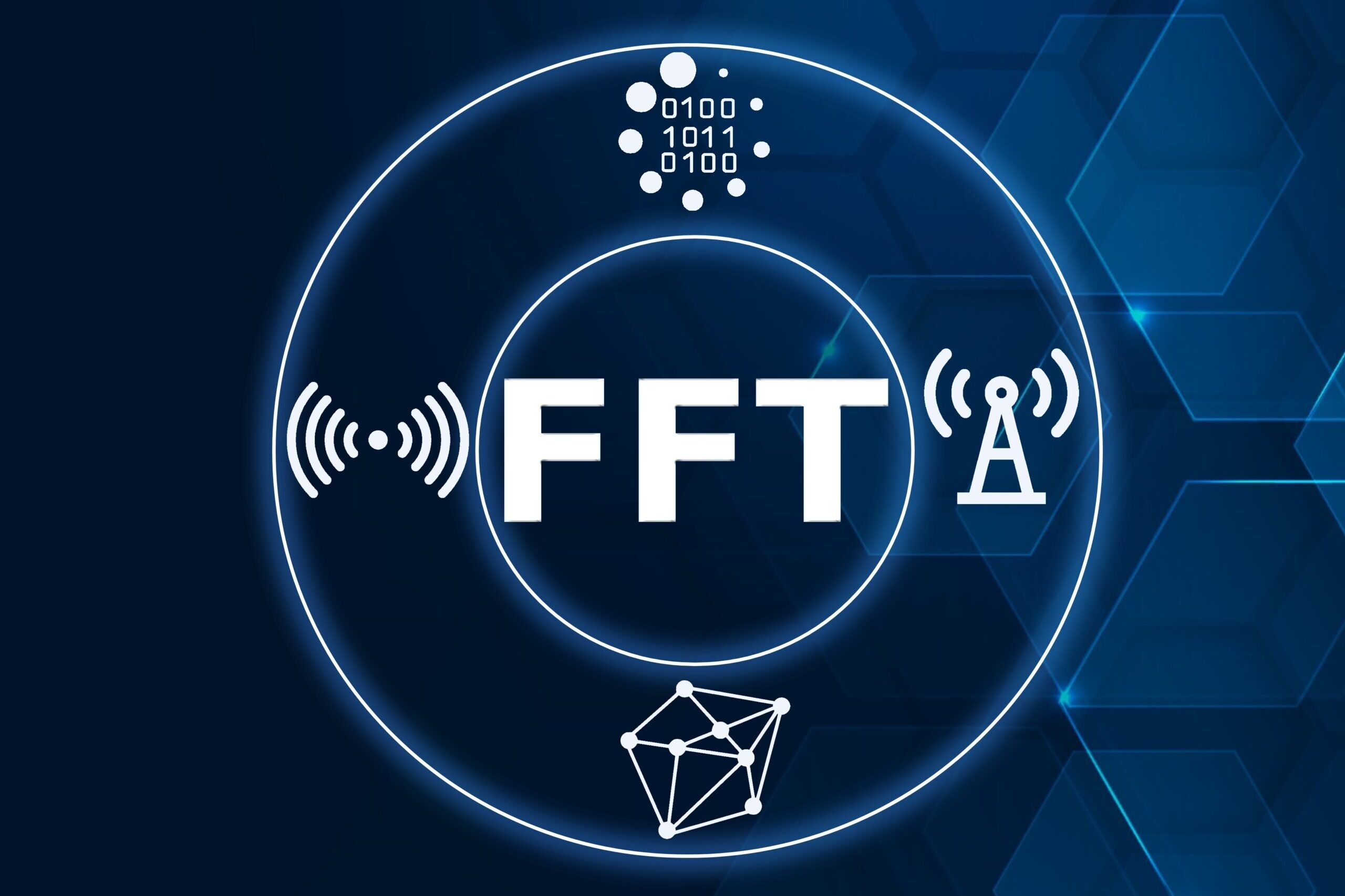The Crucial Art of Clear Thinking Under Pressure
Naznin Akter, Ph.D., PMP, Newsroom Editor-in-Chief
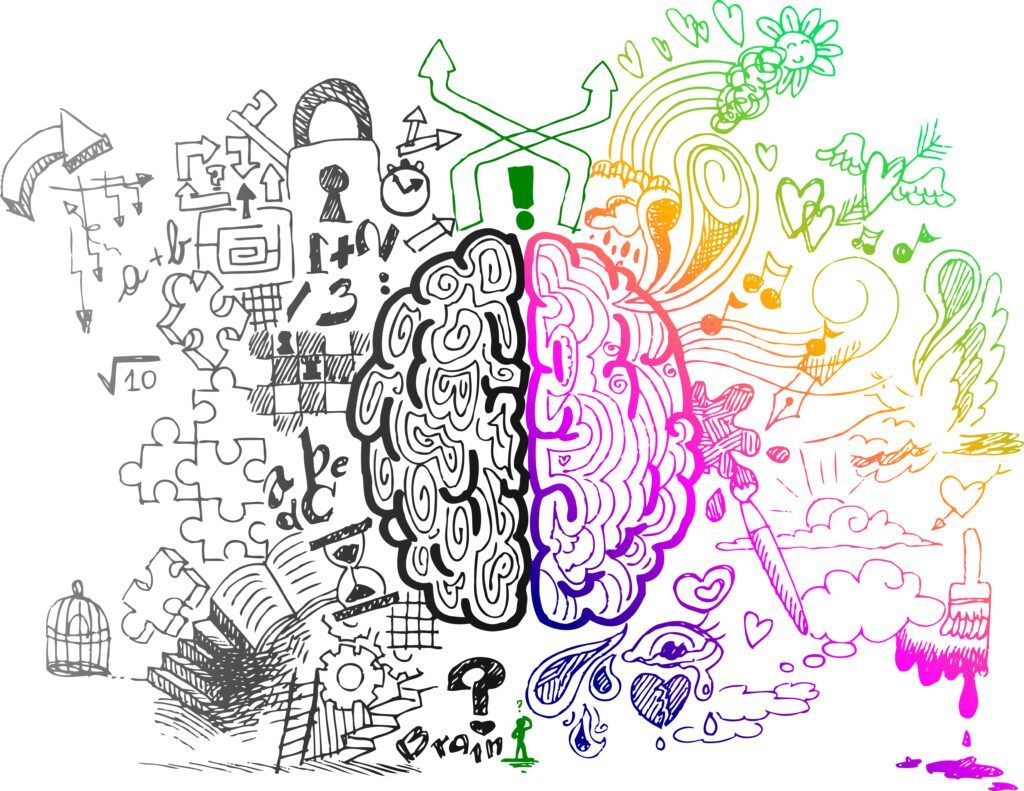
Have you ever wondered why so many of us have trouble making the right choices when we are under pressure? The human brain is a complex marvel, an intricate network that regulates our emotions, thoughts, and actions. The two most important parts of human brain are the emotional brain, which regulates our emotions and reflex responses, and the rational brain, which is associated with cognitive functioning and rational thinking. To analyze human behavior, we need to understand the function of these two brains and their interactions. When faced with situations of stress, anxiety, or overwhelm, our brains can be wired to respond instinctively—usually relying on a fight-or-flight response. In this article, we will explore the importance of thinking clearly under pressure, understanding our instincts, and applying logical reasoning abilities to deal with difficult situations.
Understanding the human brain through the lenses of Science, Philosophy, and Psychology:
The Rational Brain:
- Scientific studies and Psychological research utilizing neuroimaging techniques, such as functional magnetic resonance imaging (fMRI), have identified increased prefrontal cortex activation during tasks requiring logical reasoning. The rational brain is primarily housed in the prefrontal cortex, responsible for executive functions such as reasoning, decision-making, and problem-solving. For instance, research by Owen et al. (1996) and Goel and Dolan (2003) demonstrated heightened prefrontal cortex activity when subjects engaged in complex problem-solving exercises.
- Philosophers throughout history have contemplated the nature of reason and rationality. Descartes, in his famous declaration “Cogito, ergo sum” (“I think, therefore I am”), emphasized the centrality of reason as the foundation of human existence. Kant, in his “Critique of Pure Reason,” sought to understand the limits and possibilities of human cognition. These philosophical inquiries into reason highlight the pursuit of understanding the rational brain’s capacity for logic, analysis, and objective contemplation.
The Emotional Brain:
- The emotional brain, centered around structures like the amygdala and limbic system, plays a crucial role in processing emotions and generating rapid responses to environmental stimuli. Studies by LeDoux and Morris et al. (1998) have highlighted the amygdala’s involvement in the processing of emotional information. The amygdala, often referred to as the brain’s fear center, which is responsible for processing emotions, plays a significant role in triggering our fight or flight response while hijacking our thought processes. When faced with a perceived threat, whether real or imagined, the amygdala kicks into action, flooding our system with stress hormones, and preparing us to either confront the danger or flee from it. While this instinctual response served our ancestors well in life-threatening situations, in today’s complex world, it can often lead to impulsive decisions and irrational behavior.
- Emotions, often considered the subjective and ephemeral aspects of human experience, have been a focal point for philosophers like Spinoza and Hume. Spinoza, in his “Ethics,” proposed a more nuanced understanding of emotions, suggesting that they arise from the confluence of ideas. Hume, in his “A Treatise of Human Nature,” argued for the primacy of emotions in shaping our beliefs and actions. These philosophical perspectives delve into the depth and significance of the emotional brain in shaping our subjective reality.
Interplay between Rational and Emotional Brain:
- Scientific research suggests a dynamic interplay between the rational and emotional brain, challenging the notion of a strict dichotomy. Damasio’s somatic marker hypothesis proposes that emotions play a pivotal role in decision-making, guiding us toward choices that align with our values and goals. Damasio et al.’s work (1996) has demonstrated the impact of emotional signals on decision-making processes, showcasing the integration of emotions in rational cognitive functions.
- Philosophers have debated whether reason and emotion exist in harmony or conflict. Aristotle, in his “Nicomachean Ethics,” advocated for finding the mean between extremes, suggesting that a virtuous life involves balancing reason and emotion. Existentialist thinkers like Sartre, however, explored the tension between reason and emotion, contending that individuals must grapple with the responsibility of making authentic choices despite emotional uncertainties.
- Psychologists recognize that the rational and emotional brain interact in complex ways, influencing our thoughts, decisions, and behaviors. Dual-process models, such as the one proposed by Kahneman (2011) in his book “Thinking, Fast and Slow,” suggest that human cognition involves both intuitive (emotional) and deliberative (rational) processes. This framework highlights how emotions can influence decision-making, sometimes leading to irrational or biased judgments.
Emotional Biases and Decision Making:
- The emotional brain can introduce biases into decision-making processes. Tversky and Kahneman’s prospect theory (1979) outlined how individuals often make decisions based on emotional responses to potential gains or losses, deviating from strict rational calculations. This research sheds light on how emotional biases can influence our choices, even when a more logical alternative exists.
- Philosophical discussions on ethics often involve considerations of both reason and emotion. Utilitarianism, articulated by Bentham and Mill, emphasizes rational calculations to maximize overall happiness. On the other hand, virtue ethics, championed by Aristotle, emphasizes the development of virtuous character, incorporating emotional responses as integral to moral decision-making.
- Psychological research has identified various biases associated with emotional processing that can impact decision-making. For instance, the affect heuristic, described by Slovic et al. (2007), suggests that people often rely on their emotional reactions to assess the risks and benefits of different options, leading to biased judgments.
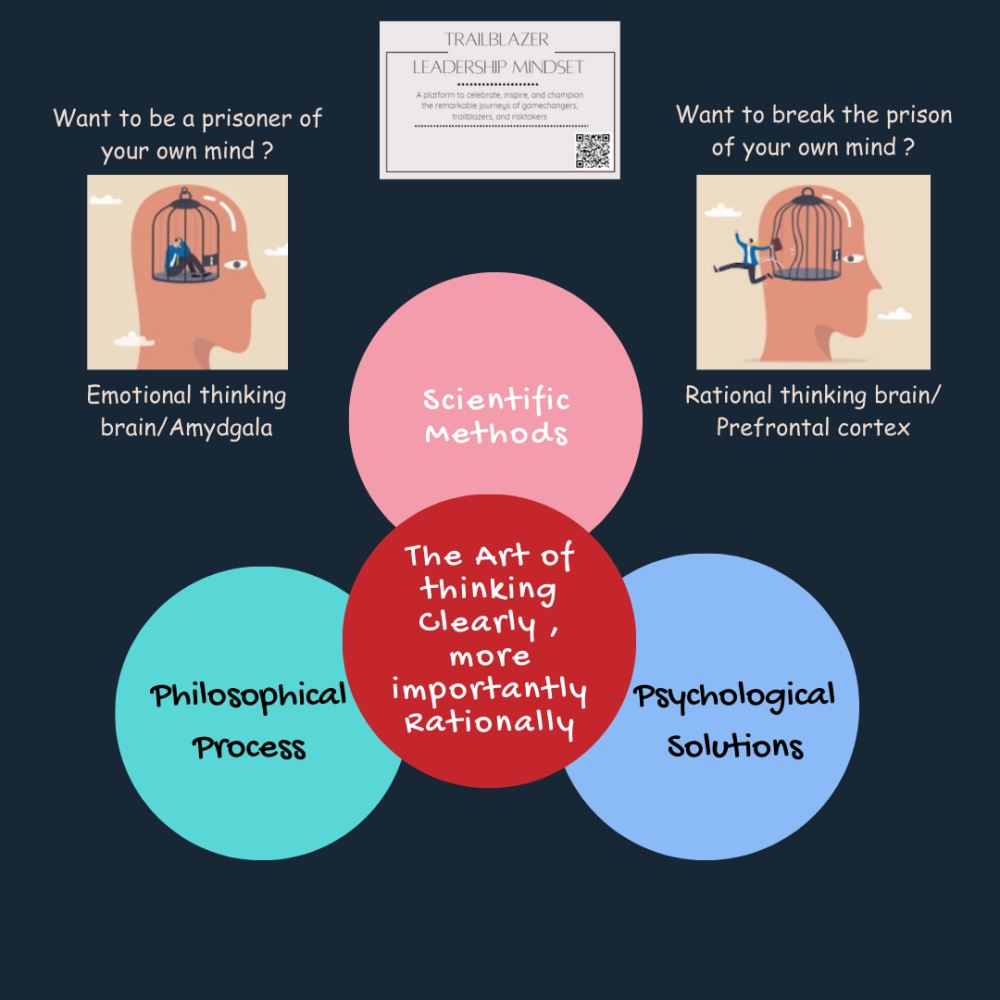
Identifying the Instinctual Pitfall and overcoming it to engage in clear and logical thinking:
Being aware of the physiological and emotional responses triggered by stress allows us to take a step back and evaluate the situation more objectively. It’s crucial to understand that not every stressor requires an immediate, instinctual response. So, how do we override these primal instincts and tap into the power of clear thinking, even in the face of adversity?
- Awareness: Philosophical self-examination, psychological insights into emotional regulation, and scientific awareness of cognitive processes collectively contribute to self-awareness which is the first step towards mastering clarity. Recognize when stress and pressure are clouding your judgment. By acknowledging your emotional state, you can begin to regain control over your thoughts and actions.
- Pause and Reflect: Instead of succumbing to the immediate impulse to react, take a moment to pause and reflect. Step back from the situation, breathe deeply, and allow yourself the space to evaluate the options calmly. In situations where decisive action is necessary, such as emergencies or time-sensitive tasks, it’s essential to channel the energy from the fight response effectively. Rather than succumbing to panic and flight response, focus on problem-solving, break down the task at hand, and tackle it step by step. Clear thinking in these moments requires a strategic mindset and an ability to prioritize actions based on their impact.
- Engage the Rational Brain: The prefrontal cortex, often referred to as the rational brain, is the key to clear thinking under pressure. Unlike the amygdala-driven responses, the prefrontal cortex enables us to analyze, plan, and make decisions based on reason rather than raw emotion. Training ourselves to engage this part of the brain during stressful situations is essential for effective problem-solving and to make informed decisions. While the amygdala may be screaming for attention, engage the rational part of your brain, the prefrontal cortex. By consciously shifting your focus to logical thinking, you can override emotional impulses and make more informed choices.
- Seek Perspective: When faced with a challenging situation, seek perspective from others. Discussing the issue with a trusted friend, mentor, or colleague can offer fresh insights and alternative viewpoints that you may have overlooked in the heat of the moment.
- Practice Mindfulness: Integrating philosophical concepts of mindfulness with psychological and scientific understandings can lead to practical techniques for staying present, reducing stress, and fostering a clear mind. Cultivating mindfulness through meditation and other mindfulness practices can help strengthen your ability to stay grounded and present, even in stressful situations. Mindfulness enables you to observe your thoughts and emotions without judgment, allowing you to respond thoughtfully rather than react impulsively.
- Develop Resilience: Drawing on philosophical resilience principles, psychological coping strategies, and scientific findings on stress management, individuals can actively build resilience to navigate challenges with a clear and focused mindset. Recognize that setbacks and challenges are inevitable, but it’s how you respond to them that matters most. Embrace failures as learning opportunities, and cultivate a growth mindset that thrives in the face of adversity.
- Overcoming Emotional Biases: Our thoughts are not immune to biases, especially when emotions are running high. Confirmation bias, for instance, can lead us to seek information that supports our pre-existing beliefs, rather than objectively evaluating the situation. Recognizing and challenging these biases allows us to approach problems with a more open and rational mindset.
- Utilizing Thought Processes Effectively: To enhance our ability to think clearly, practice is key. Regular mindfulness exercises, meditation, and strategic thinking exercises can strengthen the connection between the rational brain and our decision-making processes. Developing a habit of stepping back from intense emotions and adopting a more analytical perspective can significantly improve our ability to think clearly under pressure.
- Developing Cognitive Flexibility: Cognitive flexibility, the ability to adapt your thinking to new and unexpected conditions, is a key factor in thinking clearly under pressure. Instead of getting stuck in a rigid thought pattern, be open to alternative perspectives and solutions. Consider seeking input from others, as collaboration can often bring fresh insights and ideas.
In a world that often demands quick responses, the ability to think clearly under pressure is a valuable skill. Understanding the interplay between our instinctual responses and rational thinking allows us to navigate challenges more effectively. By recognizing when to fight, when to avoid flight, and actively engaging the rational brain, we can make better decisions and overcome obstacles with resilience and clarity. Remember, the power to think clearly is within us – it just takes practice and mindfulness to unleash its full potential. To refine the art of clear thinking, there are various resources available online that provide valuable insights. However, a personal favorite of mine is “The Art of Thinking Clearly” by Rolf Dobelli. This book offers a comprehensive exploration of how our minds function, uncovering the intricacies of biases and responses. It provides practical wisdom on how to cultivate awareness, enabling individuals to act with rationality and thoughtfulness rather than succumbing to impulsive decisions. For those intrigued by the inner workings of the mind and the pursuit of clearer thinking, delving into Dobelli’s work can be an enlightening journey (Note: This is not a promotional endorsement for the book, but rather a genuine recommendation based on its content).
